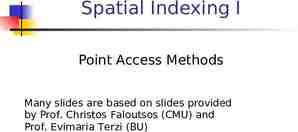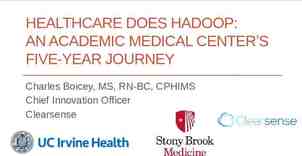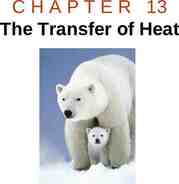IT 601: Mobile Computing Session 1 Introduction Prof. Anirudha
15 Slides827.50 KB

IT 601: Mobile Computing Session 1 Introduction Prof. Anirudha Sahoo IIT Bombay Session: 1 0.1

Course Evaluation Home assignment – 10% Pop Quizzes – 5% MidSem – 25% Project – 25% EndSem – 35% Session: 1 0.2

Course Evaluation Academic dishonesty (in any form) will not be tolerated – will result in FF grade Attendance : as per Institute rules Audit Requirements – attendance : as per Institute rules – must appear midsem and endsem exams – may exchange endsem with project – take quiz/homework – at least CC grade in the evaluation Session: 1 0.3

Prerequisite Basic Computer Networks –Sound knowledge in traditional MAC protocols –IP routing protocols –TCP Basics of Probability theory and queuing theory Session: 1 0.4

References Mobile Communications – J. Schiller, Pearson education publishing 2003 Wireless Communications and Networks – W. Stallings, Pearson education publishing 2002 Technical papers – will be given out throughout the course Session: 1 0.5

Introduction What is different in wireless network? – Bandwidth – Error rate – Media – Signal strength (fading) – MAC – Mobility – Security Session: 1 0.6

Wireless networks Two types – Voice network Cellular systems (GSM, CDMA etc.) – Data network WiFi, HiperLAN Networks are moving towards an integrated network – GPRS – Voice over WiFi Session: 1 0.7

Physical Layer (PHY) Binary (digital) data transmitted over airwave Requires antenna characterized by transmission range, power, modulation scheme, frequency range Session: 1 0.8

MAC Layer How wireless stations share the air medium and avoid contention to transmit data successfully “listen before you speak” or “speak at predetermined interval” Unique problems – Hidden node – Exposed node Session: 1 0.9

Network Layer Responsible for facilitating multihop communication Need to run some routing protocol Traditional routing protocols may not work efficiently Mobility at IP layer Session: 1 0.10

Transport Layer Reliable Transport such as TCP may not work well in wireless medium – TCP inherently assumes that packet loss is due to congestion – Needs modification for wireless network Session: 1 0.11

802.16 120Mbps Source: Matt Welsh, Harvard University Session: 1 0.12

WiFi Network Basic Service Set Access Point Wireline network g Access Point Session: 1 0.13

WiFi Network 802.11b and 802.11g Use 2.4 GHz ISM band 802.11b : 11 Mbps 802.11g : 54 Mbps 802.11a : uses 5 GHz band: 54Mbps Session: 1 0.14

Bluetooth Short range (10m),moderate data rate (720kbps) for creating an adhoc network between personal devices One master and upto 7 slaves in a piconet Master controls the transmission schedules of all the devices – TDMA scheduling Frequency hopping used to avoid interference with other piconets PICONET – 79 channels in the 2.4GHz ISM band, with 1 MHz spacing – Frequency hopping at 1600 hops/s Session: 1 0.15






